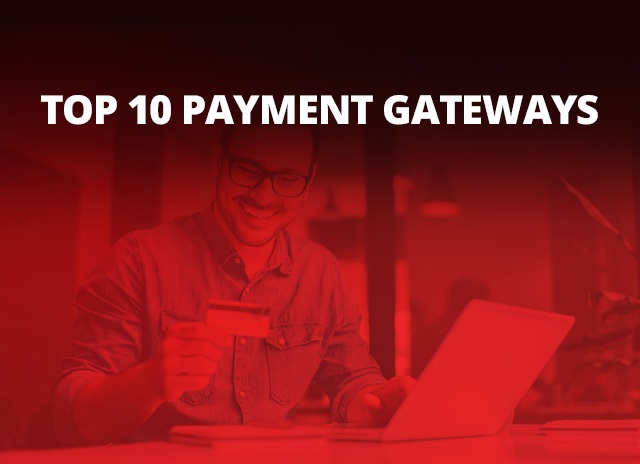Top 10 UX Design Principles
Design principles are widely accepted guidelines, laws, and design considerations that the designers apply with discretion. In other words, they are fundamental pieces of advice for the designer to make easy-to-use, eye-catching designs. These are applied when creating, selecting, and organizing elements and features in the work. In a UX design, it is crucial to find ways to improve usability, influence perception, increase appeal, teach users, and make effective design decisions for projects.
Top UX design principles to keep in mind while designing the website
- Know your user and their needs – A website is only as good as its user’s experience. The focus of all UX design principles is on users throughout the design process, understanding their needs, expectations, motivations, and frustrations thereby making it clear that the website design should work on providing and improving the users’ experience with the product and services. A clear understanding of these will help the designer to build and focus on the personas throughout the design process. It is important to know what the users are looking for in a design.
- Content is supreme – To give a website a more meaningful direction, it is important to focus on crafting a story of a brand or a product before getting into the visual design phase of a website. Telling a story can connect people to an idea or a product or service. Start with planning the content and then move around designing the website.
- Have a clear hierarchy – It is one of the best tools for designers to help a user smoothly navigate throughout the design easily. There are two different hierarchies involved in UX design for a website.
- The first hierarchy relates to information with the focus on how the content is organized across the website. This mainly refers to a primary navigation menu that includes the main sections. This is the menu which you notice when you arrive on a site. As you click on each item, what you see is the secondary menu that gets more specific moving you down the information hierarchy.
- The visual hierarchy is the way the designer helps the user navigate more easily with a section or a page. Visual hierarchy requires the more important content to stand out like for instance, headings are typically larger than the body text and often use a different font. Similarly, interactive elements use different colours to draw attention to its interactiveness.
- Consistency – Users expect products to be consistent with similar products they have used in the past. The more familiar the product, the more easily the users will learn and have a better experience without any additional learning cost. This consistency makes the design process easier for the designers as they don’t have to reinvent new designs with every project.
- Understand accessibility – An important rule to keep in mind while designing a website or an app is accessibility. It is for the designer to make sure that the design is usable for as many people as possible including people with disabilities. Accessibility can mean many things at the interface level. From the ease of keyboard navigation and speech input technology to controlled animation for photosensitive user amongst other things. Remove any hurdles in the design layout for easy navigation.
- Begin with mobile in mind – A “mobile in mind” approach should be adopted to cater to the needs of the users and not face any issues when scaling up the design. Designers should focus on designing mobile and desktop wireframes at the same time to test the breakpoints.
- Experiment with animation – Interactive web design and animation can add movement and make the website come to life. Animation, when done well, has been known to help educate the customer about how the website or an app function. It is usually seen that users respond positively to small, unexpected, and playful elements.
- Ease in finding the right information – The most important information should be the easiest to find. Once the user is acclimatized with the site, more advanced features and technical details can be unveiled. For many sticking to the principle of being minimalistic and showing only what is necessary has proven to work well.
- User control – Focuses on providing greater flexibility of use and control of where a user is within the design, enhancing UX. An essential part of providing user control is to allow users to backpedal or recover from any errors. For instance, when a user is creating a new item like an email or an event, a cancel button should let them abandon the task. An undo button also comes in handy for reversing an unintended or undesired action. Another way to improve user control is by providing users with ways to improve their efficiency. Keyboard shortcuts are a great way to do this and so does advanced searching help users find what they are looking for more efficiently.
- Tree-test the prototypes – Tree testing exercising is done to evaluate the performance of the site’s architecture. It helps in understanding if the navigational paths are intuitive, and do they lead the users where they expect to go quickly without any confusion. For example, while browsing for something unique on an e-commerce site is the user able to find it easily, or is it a challenge? The answers to such a question can be found once tree-testing is done.
You want users to come back to your website for the products and services that you offer. The challenge than any web designer faces is to make the experience unique and as smooth as possible. The above UX design principles can surely help you in the right direction to achieving that.





